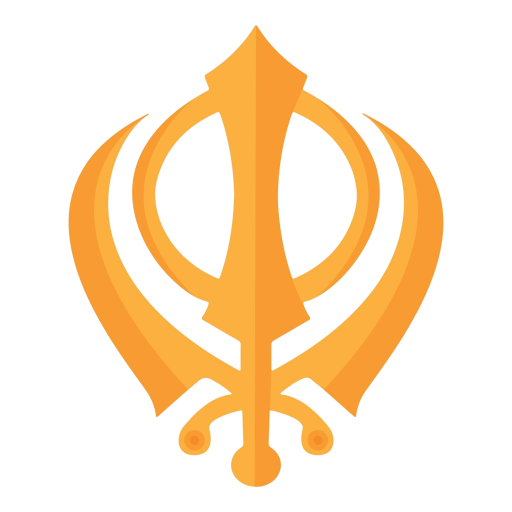Explore the historic Gurdwara Naviri Patshahi in JHIVAR HERI, Yamunanagar. A revered Sikh shrine connected to Guru Tegh Bahadur. Visit during the annual fair!
Discover Sahib Ganj, a historic town in Bihar, graced by Guru Tegh Bahadur, housing sacred Sikh relics at Old Nanak Shahi Sangat. Visit now to learn more!
Discover the heroic tale of Roshan Singh, a Sikh warrior who single-handedly defeated a lion, showcasing bravery alongside Guru Gobind Singh and Bahadur Shah.
Discover the legacy of Ram Singh, a Khalsa warrior, and Punjabi hero, who fought valiantly with Banda Singh Bahadur. Explore his battles and sacrifice.




